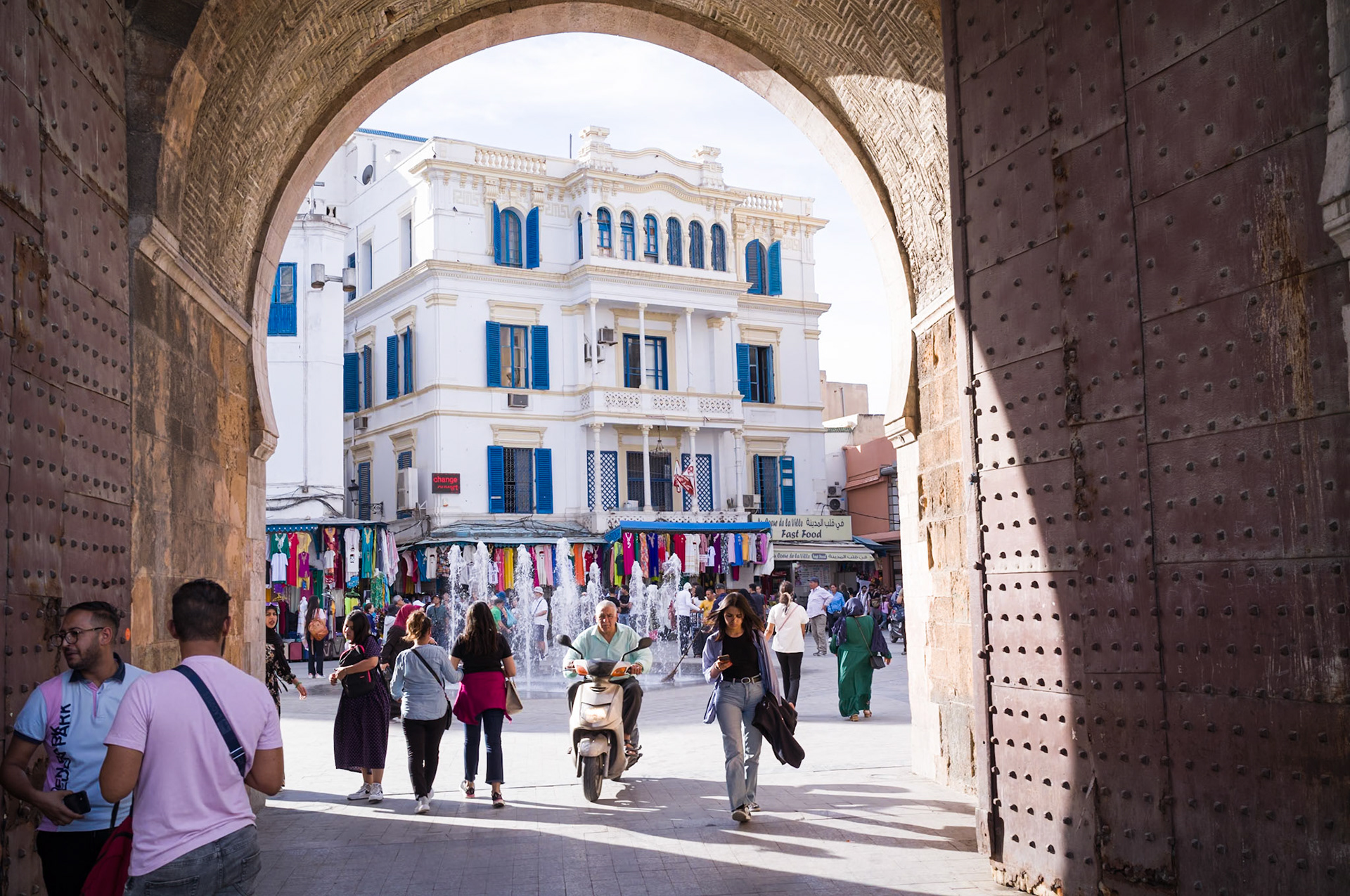
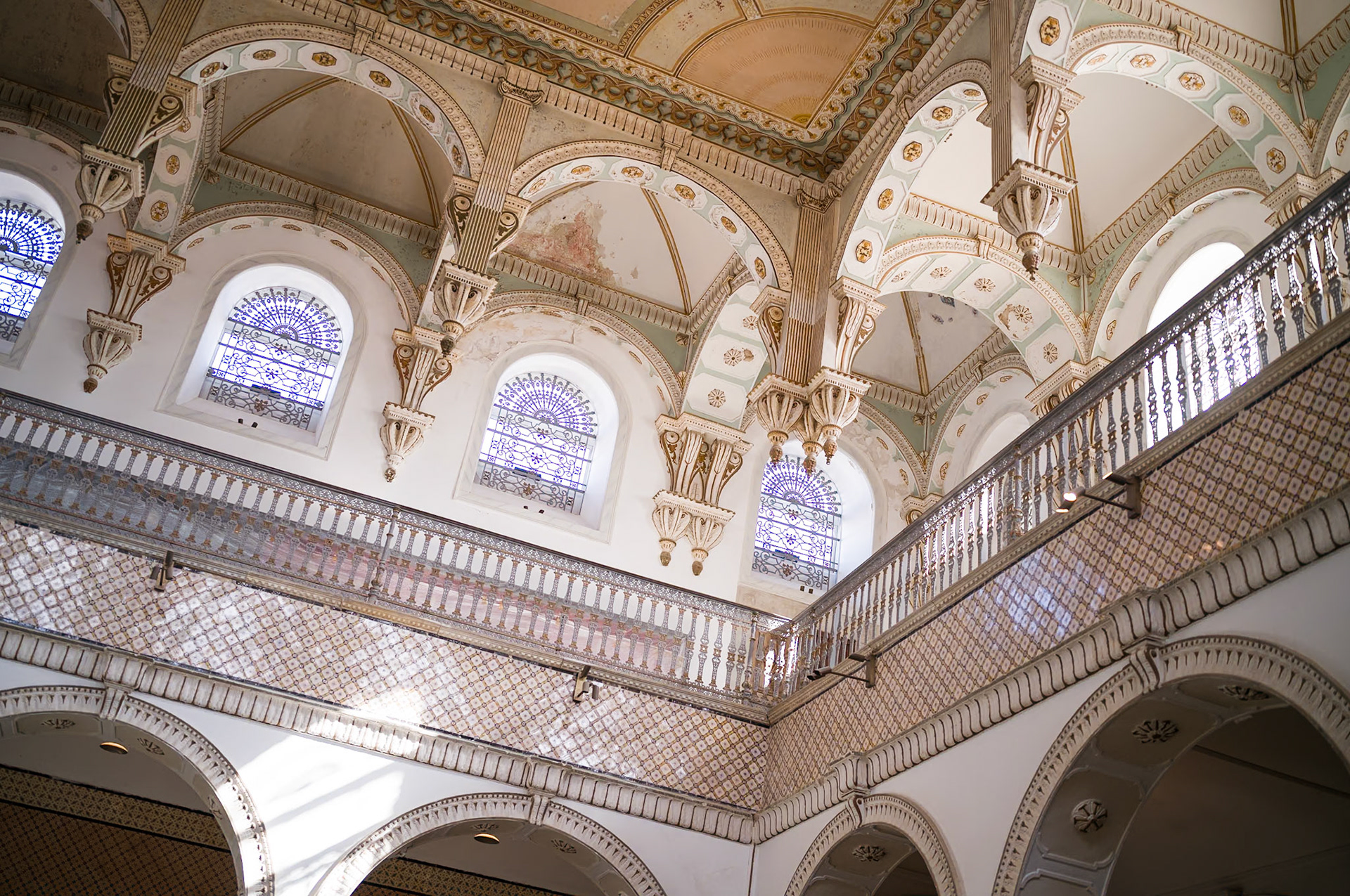
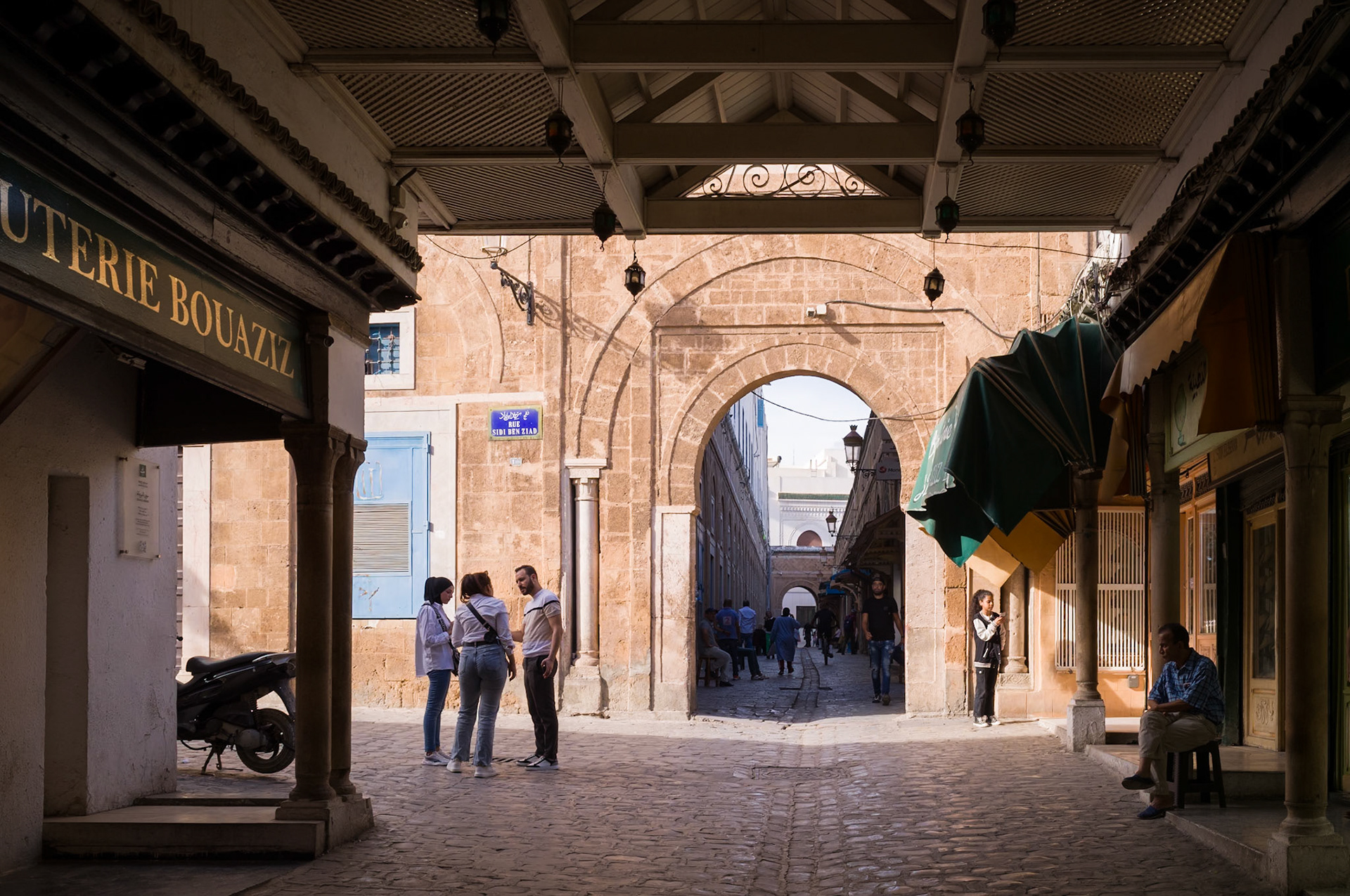

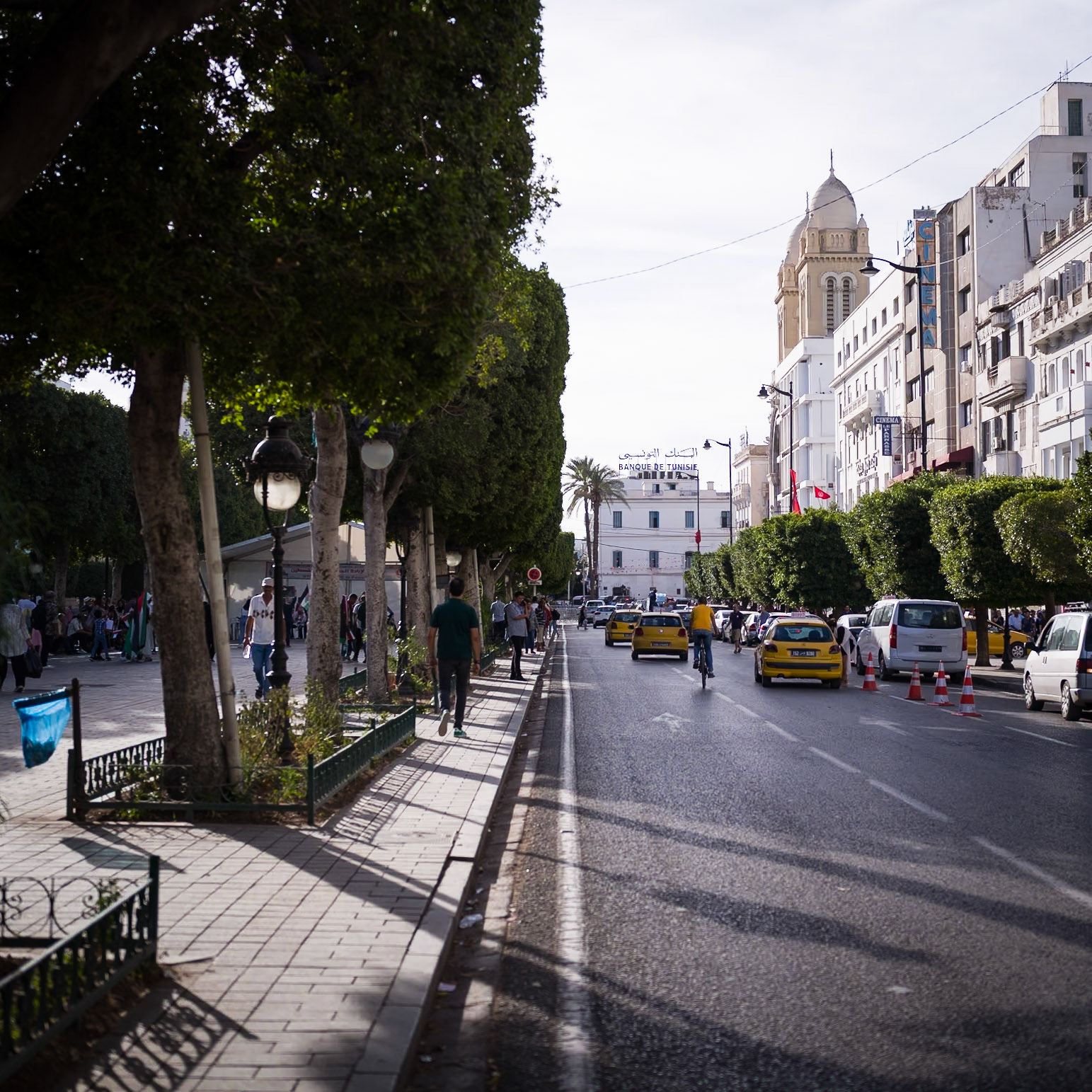



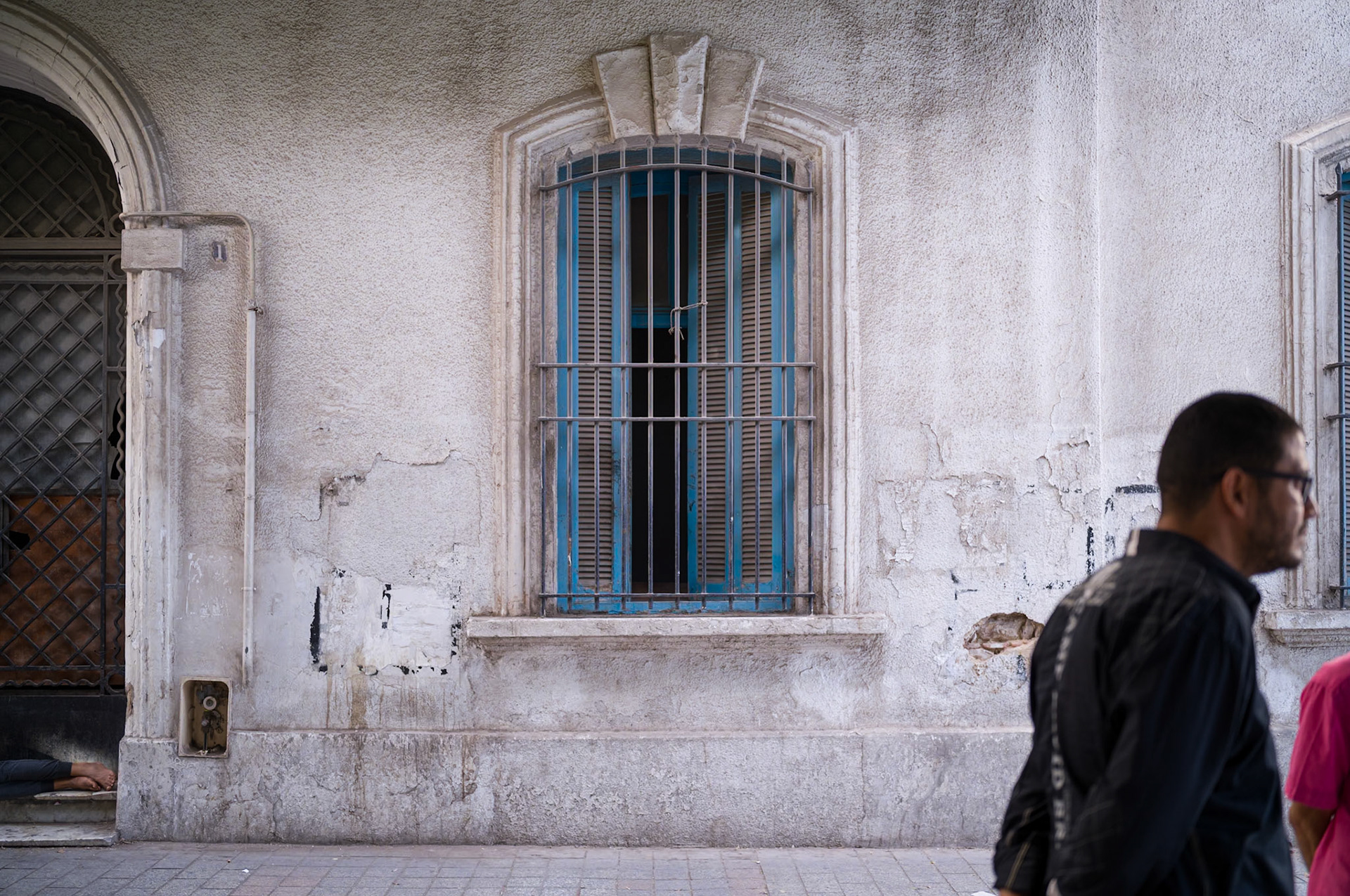



TUNIS
Tunis might be likened to that one eclectic friend's living room where a Roman statue stands next to an Ottoman tapestry, while a French Impressionist painting hangs above an Arabesque coffee table, creating an unexpectedly welcoming space for a cup of Berber mint tea. (You know who you are.)
Upon arrival, the first thing you’ll likely notice is the pervasive Arab influence. The second is the prevalence of French. In fact, the local dialect of Arabic, called "Tounsi," is a unique blend of Arabic with French influences. Instead of the traditional Arabic greeting "Salamu ‘Alaykum" (Peace be upon you), people often use the shorter "Aslema" or, alternatively, the French "Bonjour." I was delighted by how my French resurfaced here, though many conversations turned into a charming blend of my rudimentary Arabic, modest French, and a bit of desperate English whenever I found myself at a loss for words in the other two languages. Many people do speak English here, so don’t worry if you want to come here and it’s your only language of the three.
I came to Tunisia for Carthage but left with the realization that one visit isn't enough. The people's warmth, the delicious cuisine, and the rich tapestry of history demand a return.
In honor of Tunis, I will conclude with a few historical facts from each era of its past:
Phoenician/Carthaginian Period (814 BCE - 146 BCE): Queen Dido founded Carthage, which became renowned for General Hannibal, who traversed the Alps with an army and elephants, ravaging the Roman countryside for over a decade. Yet, there's more to Carthage's history. Mago of Carthage contributed significantly to agricultural practices still utilized today. After the Romans razed Carthage, they preserved Mago's agricultural treatise, which covers topics from viniculture to animal husbandry. Carthage's naval prowess, particularly its innovative circular harbor known as the Cothon, underpinned its empire. Although the Romans destroyed the Cothon, its outline is still discernible via satellite imagery.
Roman Period (146 BCE - 439 CE): After defeating Carthage in the Third Punic War, the Romans symbolically sowed the land with salt—a gesture of utter conquest, though most historians now doubt this actually occurred. Rome initially struggled against the superior Carthaginian navy but eventually replicated Carthage's ship construction techniques after discovering numbered parts on a wrecked Carthaginian ship (Carthage used an assembly line method thousands of years before the Model T). The Romans further adapted their vessels with a corvus, a boarding bridge with a spike, transforming naval engagements into infantry battles (what a way to turn a weakness into a strength).
Vandal Period (439 CE - 534 CE): Under King Genseric, the Vandals transformed Carthage into the epicenter of a seafaring empire and were responsible for the infamous sacking of Rome in 455 CE—an act contributing to the modern term "vandalism."
Byzantine Period (534 CE - 698 CE): The Byzantines, under General Belisarius, reclaimed Carthage for the Eastern Roman Empire. The Byzantines fortified Carthage with a complex of defenses known as the Exarchate of Africa, staving off Arab invasions for nearly a century with their imposing fortifications.
Arab Islamic Period (698 CE - 16th century): With the Arab conquest, Tunis ascended in prominence, becoming a hub of learning and culture. The University of Al-Zaytuna, established in the early 8th century, is one of the oldest in existence.
Ottoman Period (16th century - 1881): The Ottomans granted considerable autonomy to the local rulers, or Beys, in Tunis. During this period, Tunis was a refuge for the Barbary Corsairs, notorious pirates who preyed on European shipping and engaged in slavery.
French Colonial Period (1881 - 1956): Under the French Protectorate, Tunis's infrastructure was extensively updated following European models, resulting in the Ville Nouvelle (New City), which contrasts sharply with the traditional medina, exemplifying the city's dual architectural character.
Modern Tunisian Period (1956 - Present): Since gaining independence in 1956, Tunis has undergone rapid modernization and expansion. The city was pivotal in the Arab Spring protests of 2010-2011, triggering significant political reforms in Tunisia and across the Arab world.